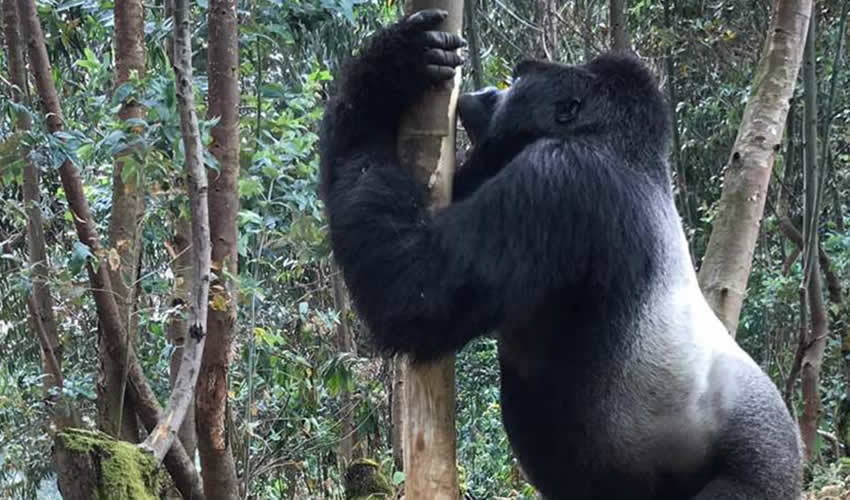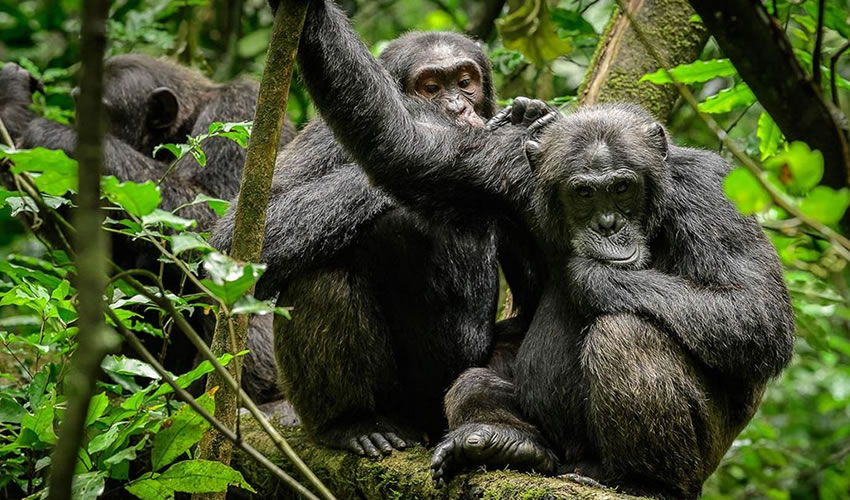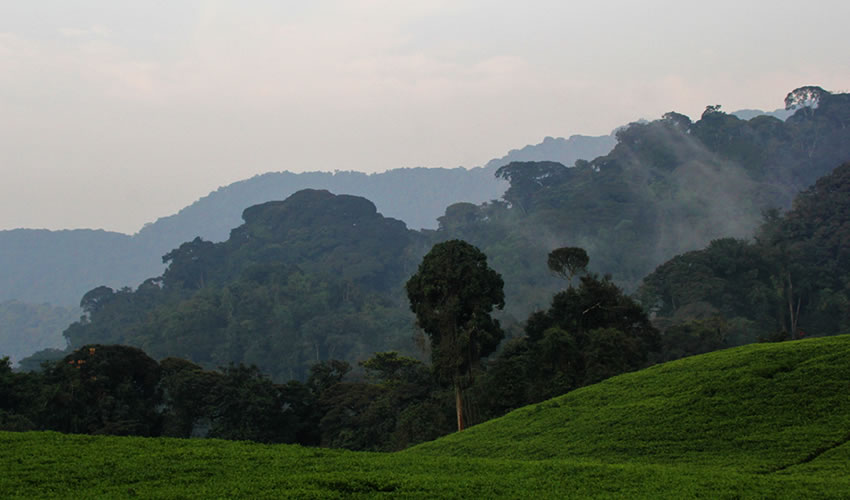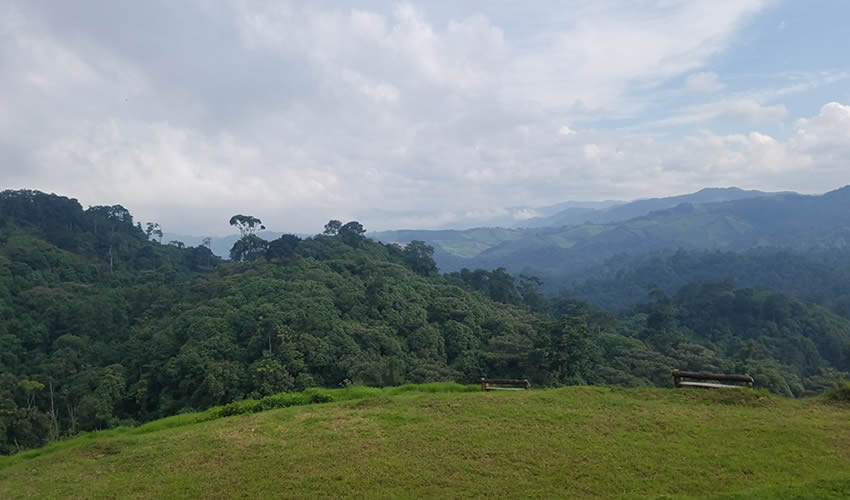Gorilla Conservation Efforts and Programs

The gorilla conservation efforts and programs in Rwanda are traced back in 1967 when Dian Fossey, an American Primatologist established the Kalisoke Research Centre which have started since then the process of documenting gorillas behaviors, status, movements and other important information that will help in habituating them to the presence of human beings. To date this center in partnership with the Rwanda National Park authority monitor the life of all gorillas.
Mountain gorillas have been suffering from different forms of threats. These include poaching and deforestation. By the start of the centre, Dian Fossey predicted the distinction of gorillas by the year 2000 if nothing was done to protect them.
Gorilla conservation efforts and programs work includes providing what biologists call “extreme conservations” involving monitoring every single gorilla in the rainforest, providing them with regular veterinary care to gorillas under critical conditions including sickness. The conservation efforts are not only limited to caring for gorillas. It goes also with improving the living conditions of the populations in communities neighboring the volcanoes so that they do not continue to rely their life on the forest by converting the forest into cropland and producing woods. The government of Rwanda offers 10% of the total revenues from the Volcanoes National Park and shares it to locals living around the national park. Volcanoes National Park shares benefits with local communities in the form of natural products (water supply infrastructure, construction of schools and hospitals, honey, medicine, fuel wood), cultural/spiritual values, environmental services (climate, rainfall), income from conservation based enterprise, and finally a share of tourism benefits. The main point is that tourism revenue sharing is just one of the types of benefits that are shared with local communities.
Gorillas have since then habituated to boost tourism and generate money that would be used in financing different projects in the neighboring communities around the park.
Ticket revenue pays for operating costs and outstrips what might have been made from converting the rainforest to potato farms and cattle pastures. About 40% of the forest already was cleared for agriculture.
To date, about $2 million has gone into funding village projects. The idea is to protect the park not with guns but with people who understand why and what are their responsibilities to protect these endangered species said to be sharing 98 % of their DNA with human beings.
For gorilla conservation efforts and programs, a mobilization campaign is ongoing to teach the populations how important it is to protect gorillas and teach them how to exploit other opportunities around the park. The campaign helped the former poachers to be now employed in other activities in line with conservation and tourism. Some are now employed as park wardens, others are porters that help tourists when hiking volcanoes.
Instead of disappearing as it was predicted, the number of mountain gorillas has risen from 680 a decade ago to just over 1000. They have changed from critically endangered to endangered status. Today 12 groups of gorillas are habituated to be visited by tourists. Highly regulated tour groups hike in the Rwandan volcano National park to trek gorillas, each trekker paying a trekking ticket Worth 1500 $. In case you are planning a once lifetime experience for trekking gorillas you can contact us for more information and a customized trip for gorilla trekking.



